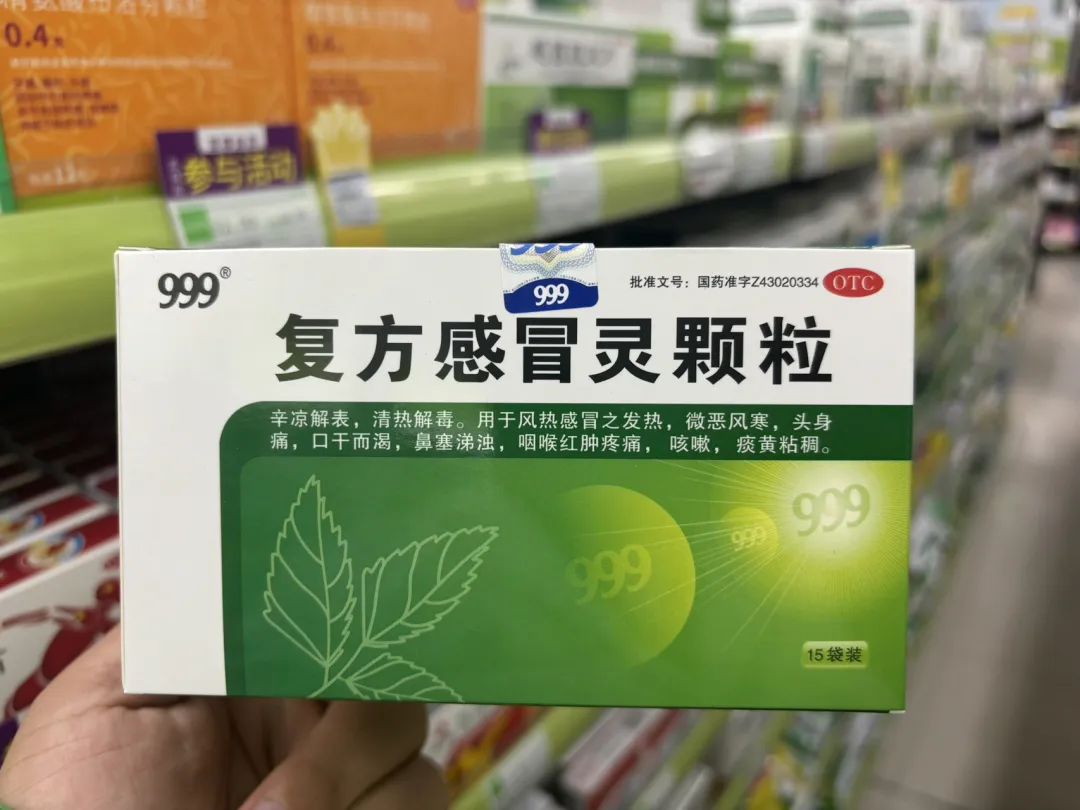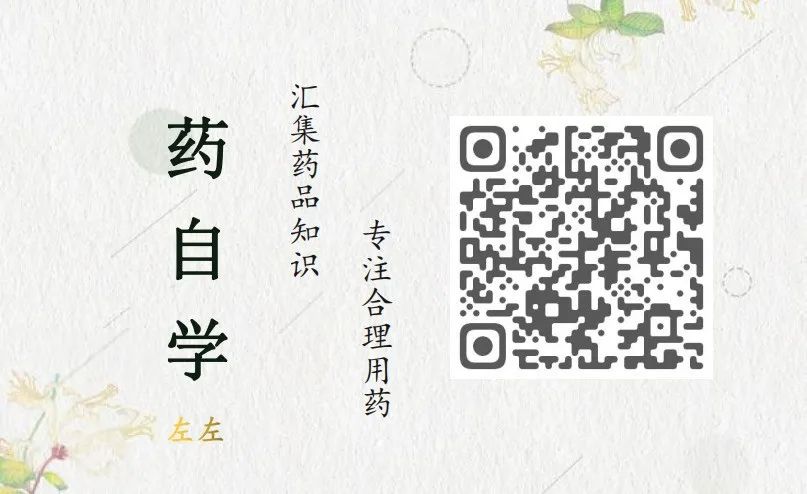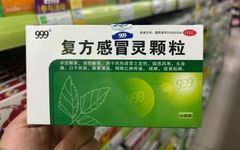
As winter approaches, the number of people purchasing cold medications is gradually increasing. Among them, there are two common cold medications that many customers still cannot distinguish between: Sanjiu Cold Medicine Granules (三九感冒灵颗粒) and Compound Cold Medicine Granules (复方感冒灵颗粒).
Remember two points: first, the difference is not merely in the packaging size; Compound Cold Medicine Granules are specifically indicated for treating wind-heat colds, while Cold Medicine Granules do not differentiate between cold types. Second, both are a combination of traditional Chinese and Western medicine, not purely traditional Chinese patent medicines.
Many customers who come to buy cold medicine express their confusion. Broadly speaking, they ask which medicine is better for a cold. More specifically, they inquire about what to take for symptoms like coughing, sneezing, and runny nose.
Some customers are buying medicine for others, while others are purchasing for themselves. It is understandable that those buying for others may struggle to articulate symptoms, but it is concerning that many people cannot describe their own symptoms when buying for themselves.
For example, a patient might say they are just coughing, sneezing, and have a runny nose, asking what cold medicine is best. From a diagnostic perspective, this expression is quite incomplete. Is the cough productive or dry? Is the phlegm thick or thin? Is the runny nose clear or thick?

In Traditional Chinese Medicine (TCM), the color of symptoms can provide different diagnostic information. For instance, a predominance of white indicates cold, while red indicates heat; green (青) is often associated with the liver, yellow with the spleen, and black with the kidneys.
When it comes to colds, determining whether it is wind-cold or wind-heat should also start with color. For example, clear runny nose indicates wind-cold, while thick or yellow nasal discharge suggests heat; a predominance of white phlegm indicates cold, while thick yellow phlegm indicates heat.
In addition to sneezing, runny nose, and coughing, there are other symptoms that patients often overlook, such as chills, headaches, heaviness or soreness in the limbs, and dry mouth.
How can we determine the type of cold based on these symptoms?
In terms of chills and fever, wind-cold colds typically present with severe chills and mild fever, where the chills feel like they are emanating from the body and are not alleviated by clothing or heat; if chills are mild and fever is high (38.5°C or above), with a sensitivity to wind, it is likely a wind-heat cold.
Looking at nasal symptoms, clear nasal discharge and nasal congestion are more indicative of wind-cold, while thick or yellow nasal discharge suggests wind-heat.
Examining phlegm color, white, clear, or frothy phlegm is typical of wind-cold, while white sticky or yellow thick phlegm indicates wind-heat.
Checking the throat, wind-cold colds often present with itchy throats, rarely causing pain or only mild discomfort; wind-heat colds typically show redness or swelling in the throat.
For headaches, a tight sensation is more indicative of wind-cold, while a throbbing sensation suggests wind-heat.
Additionally, the timing of the cold’s onset can provide clues. Colds are a constantly changing process: early onset (1-2 days) is often wind-cold, mid-stage (3-4 days) may transition from cold to heat, and late-stage (4-6 days) is usually characterized by internal heat.
For instance, if a patient is sneezing and has a clear runny nose but then develops dry mouth, sore throat, or fever, this indicates a transformation of wind-cold into internal heat (cold trapping heat).
Below are some common traditional Chinese patent medicines for colds.
For wind-cold colds: Wind-Cold Cold Granules (风寒感冒颗粒), Cold Relief Tablets (感冒疏风片), Cold Stop Capsules (伤风停胶囊), Cold Soft Capsules (感冒软胶囊), Cold Heat Clearing Granules (感冒清热颗粒), Four Seasons Cold Tablets (四季感冒片), Jingfang Granules (荆防颗粒), Tongxuan Lipei Pills (通宣理肺丸), and Zheng Chaihu Decoction Granules (正柴胡饮颗粒).
For wind-heat colds: Sangju Cold Tablets (桑菊感冒片), Wind-Heat Cold Granules (风热感冒颗粒), Yinqiao Jie Du Pills (银翘解毒丸), Lingqiao Jie Du Pills (羚翘解毒丸), Antiviral Oral Liquid (抗病毒口服液), Shuanghuanglian Oral Liquid (双黄连口服液), Lianhua Qingwen Capsules (连花清瘟胶囊), and Lingyang Cold Tablets (羚羊感冒片).
For cold with internal heat (often in the mid-stage of a cold): Four Seasons Cold Tablets (四季感冒片), Cold Heat Clearing Granules (感冒清热颗粒), Fangfeng Tongsheng Pills (防风通圣丸), Shuangqing Oral Liquid (双清口服液), and Pediatric Chaihu and Guizhi Fever-Reducing Granules (小儿柴桂退热颗粒).
 A TCM patent medicine that nourishes both the lungs and kidneys, enhancing your vitality.For colds with internal heat, use medication based on this approach.All TCM and Western medications and formulas mentioned in this article should be used under the guidance of a professional.TCM enthusiasts can join the discussion group on the public account homepage.
A TCM patent medicine that nourishes both the lungs and kidneys, enhancing your vitality.For colds with internal heat, use medication based on this approach.All TCM and Western medications and formulas mentioned in this article should be used under the guidance of a professional.TCM enthusiasts can join the discussion group on the public account homepage.

